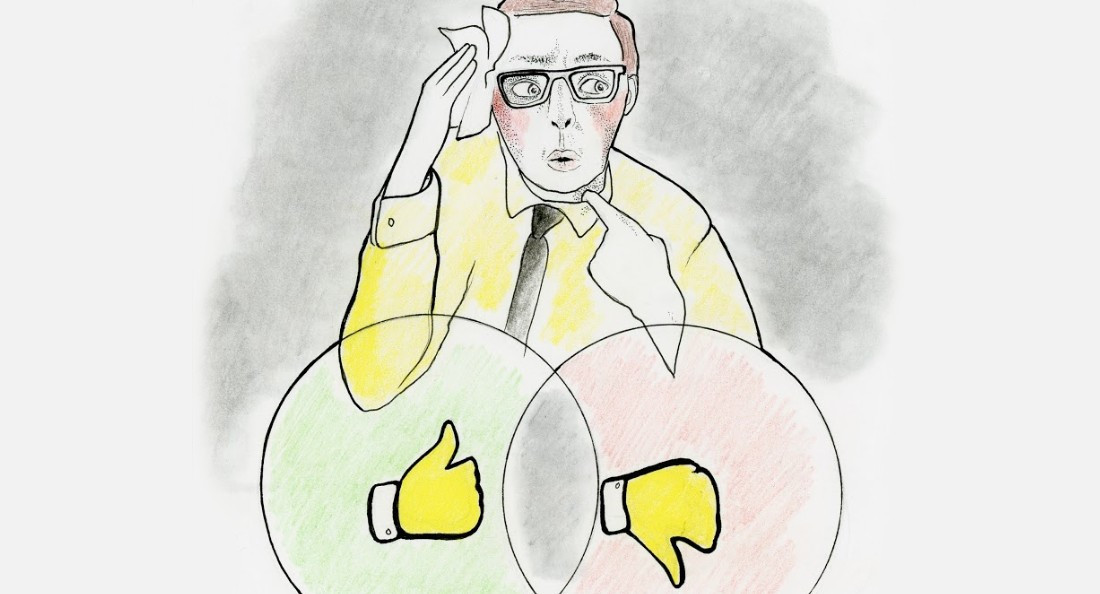Time to rate your professor
A more ‘critical’ look at criticism in course evaluations
With the end of the semester approaching, students at the University of Winnipeg (U of W) will fill out course evaluation forms to provide feedback and criticisms for their courses and professors.
Andrew McGillivray, a professor at the U of W, explains that the evaluations are distributed to students for feedback in the final weeks of class. The evaluation asks students to fill in a bubble for whether the course was satisfactory or not, followed by a space where they can leave specific comments.
“I’ll usually wait ’til the last or second-last class so that the students have the greatest impression of how the course has gone,” he says.
After receiving the completed evaluations, the professors get an overall statistic for the result of the satisfactory or unsatisfactory question, followed by the individual written responses for more qualitative information, McGillivray explains.
“It’s most helpful for me when students offer criticism, even if that means harsh criticism,” he says. “Then the instructor can choose to respond to the criticism and incorporate it into their teaching in the future.”
“It’s the most direct way students can influence the delivery of education at the university,” McGillivray says.
Mack Norberg, a student at the U of W, knows what he likes and dislikes in courses and in instructors’ teaching styles.
“I really like when a professor is able to keep a constant energy throughout the class or is able to start conversations with the class really well,” he says.
On the other hand, it bothers Norberg when professors prepare a shorter lecture and expect the class to have a long discussion.
“I think if you’re teaching a course, you should really be invested in it,” he says. “If you’re starting to become a little jaded, do something to get yourself re-interested in it. Especially when you’re in charge of young brains, it’s not good to meet them with low energy.”
When Norberg has had a satisfactory course, he likes to provide what he personally enjoyed about the course in the evaluation.
“It is difficult work, being in front of all these people. Speaking in front of a class is my least favourite part of a course, so I do want to reward that,” he says.
“I am a bit cloudy sometimes trying to come up with a negative aspect to critique, but the more courses I take, I’m beginning to see other things,” Norberg says. “A professor might be really receptive in person but completely inactive online or over email, or they might be unwilling to meet outside of class, for example.”
Norberg says he tries to incorporate a positive aspect into his feedback so that instructors are less likely to take criticisms personally.
McGillivray emphasizes that at the U of W, students are lucky to have space in the evaluation to leave comments.
“At other institutions (where I’ve taught at), it’s like 30 questions all on a one-to-five scale, and there’s no room for comments,” he says. “Here, yes, there is a percentage of people who were satisfied or dissatisfied, but otherwise it’s all qualitative.”
Published in Volume 73, Number 11 of The Uniter (November 22, 2018)







